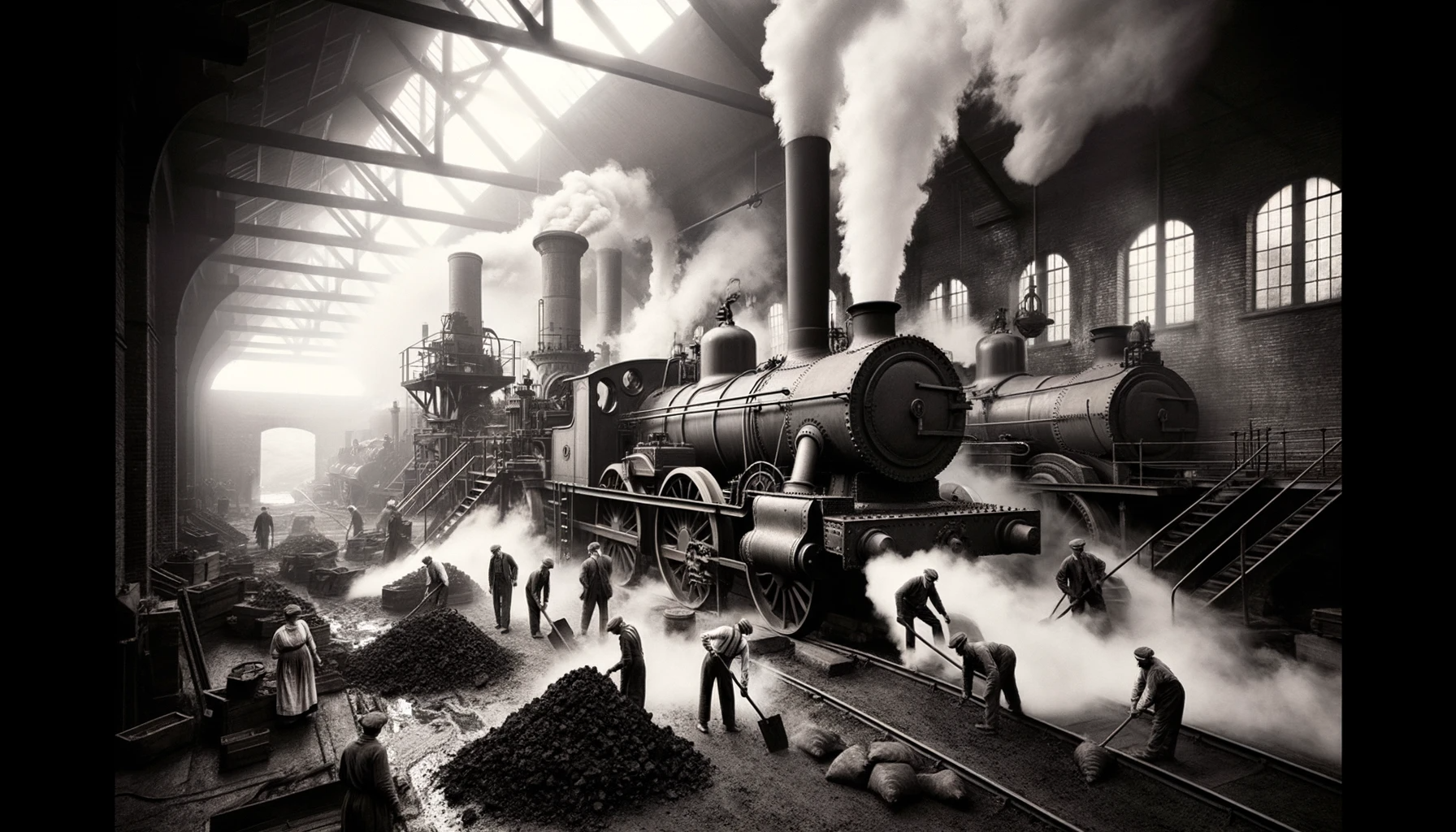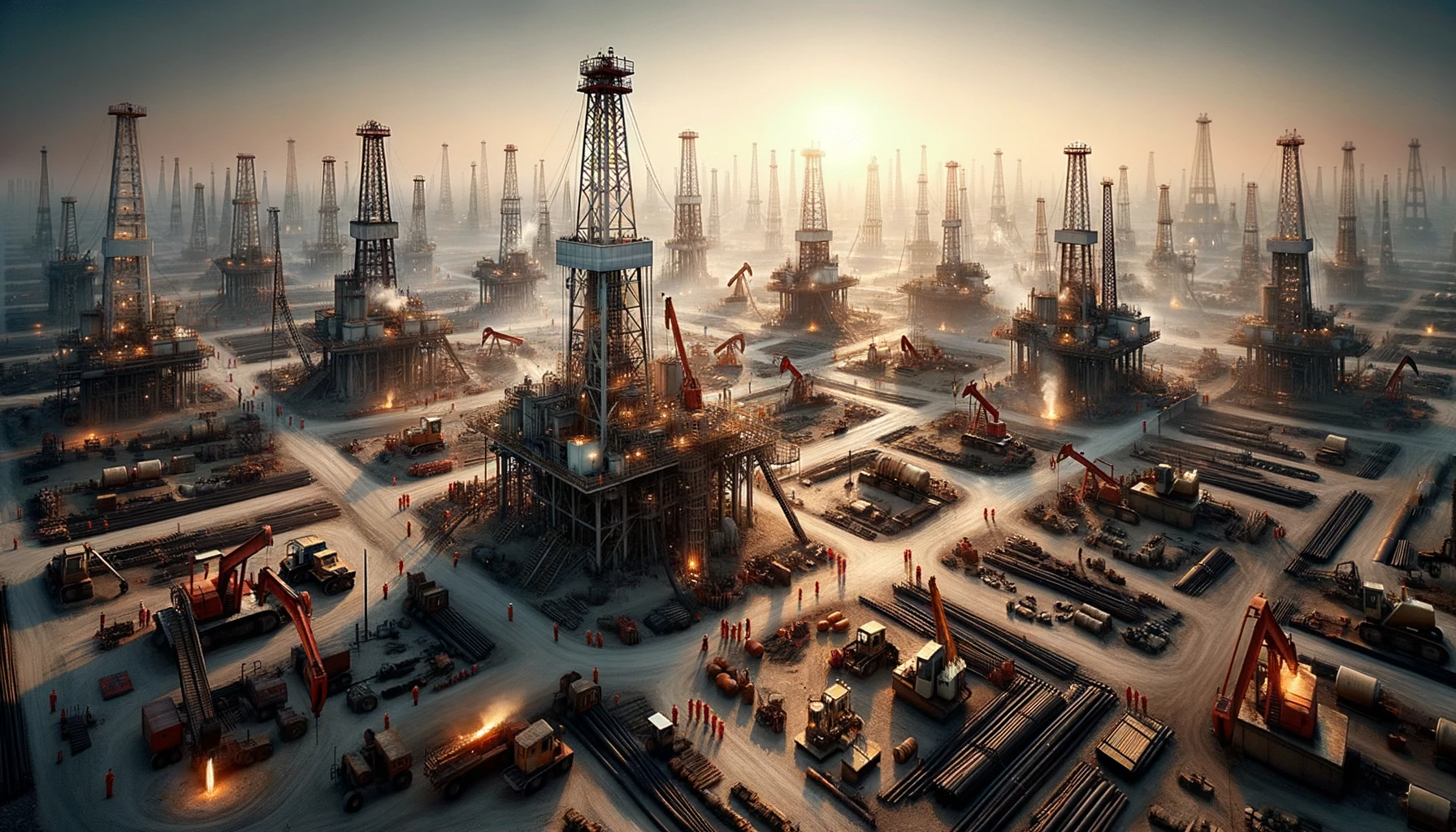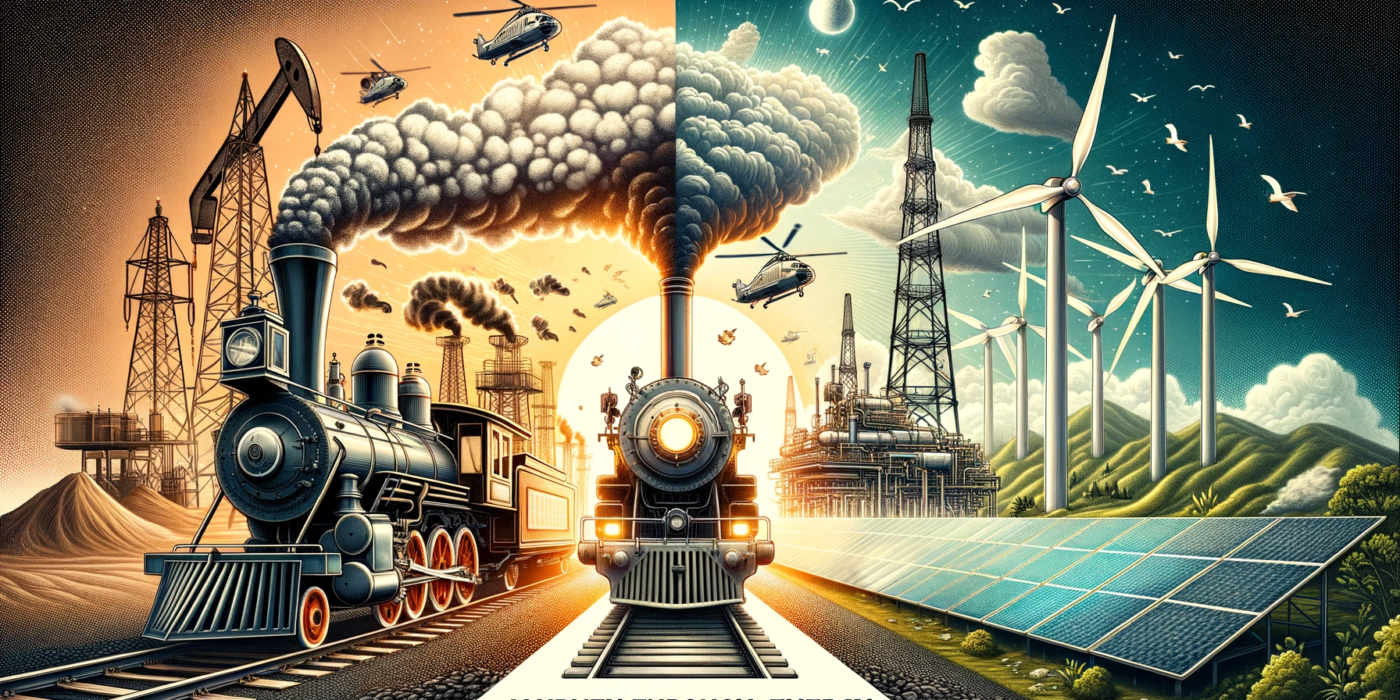The Evolution of Power Energy is a testament to human ingenuity and adaptability. For millennia, humankind relied on sheer muscle power and basic tools. However, the insatiable drive for efficiency and progress led to the invention of machines and tools that could multiply the efforts of an individual. The invention of the steam engine in the 18th century marked a watershed moment in this journey. Suddenly, tasks that took days could be accomplished in hours. Railways transformed landscapes, and steamships made the world a smaller place.
The 20th and 21st centuries saw further rapid advancements. The internal combustion engine, electricity, nuclear power, and now, renewable sources of energy, have each left an indelible mark on society. Yet, as we make these leaps, sustainability emerges as a paramount concern. With the global climate crisis upon us, the importance of shifting to sustainable energy sources is evident. The transition from finite, polluting sources of energy to clean, renewable ones isn’t just a technological challenge; it’s a societal one.
The Dawn of the Energy Era

Before the onset of the industrial era, energy production and consumption were straightforward. Communities relied heavily on animal power, windmills, and water wheels. However, as the wheels of industry began to turn, the demand for a more potent and consistent energy source became apparent. Enter coal – a black gold of sorts. Coal’s abundance, especially in the industrial powerhouses of Britain and the U.S., and its significant energy output made it the ideal fuel for the burgeoning industries.
Coal-powered steam engines drove the railways, steamships, and factories, becoming the backbone of the industrial revolution. Entire regions, like the American Midwest and the Ruhr in Germany, transformed into industrial heartlands, thanks to coal. Yet, this progress came at a cost: polluted cities, exploited workforces, and the first hints of human-induced climate change.
Transition to Oil and Gas

The 20th century heralded the age of oil. With the invention of the internal combustion engine, petroleum and its derivatives soon became the world’s primary energy resources. The automobile industry exploded, and cities sprawled outwards. The geopolitical landscape changed as nations vied for control over oil reserves, leading to significant political and social upheavals.
Natural gas, with its cleaner burn and versatility, wasn’t far behind. As urban areas expanded, the need for cleaner fuels for heating and cooking became paramount. Natural gas pipelines crisscrossed continents, and liquefied natural gas (LNG) tankers connected distant shores.
The Nuclear Option
![]()
The 1950s and 60s were marked by optimism about the potential of nuclear energy. Early advocates believed nuclear power could provide almost limitless, cheap energy. And for a while, it seemed they were right. Nuclear plants mushroomed worldwide, and electricity became more accessible.
However, nuclear energy’s challenges soon became apparent. The issue of radioactive waste, the potential for catastrophic meltdowns, and the connection between nuclear power and nuclear weapons proliferation made many reconsider its viability. High-profile accidents like Chernobyl and Fukushima further dampened enthusiasm.
Renewable Revolution

The turn of the millennium saw a renewed focus on renewable energy. With the consequences of climate change becoming more evident, the need for a shift became urgent. Solar and wind power, which were once sidelined as impractical or expensive, began to take center stage.
Technological advancements reduced costs, and innovations like offshore wind farms and solar roads captured the public’s imagination. Battery technology, a crucial component for renewables, saw rapid advancements, ensuring that the energy produced could be stored for use during non-productive periods.
The Path Forward: Integration and Innovation
The energy landscape of the future will be marked by integration. As renewable sources become dominant, the need to integrate them into existing grids intelligently will be paramount. Smart grids, utilizing AI and real-time data, will ensure efficient energy distribution.
Innovations won’t be limited to just production. Energy consumption patterns will change as electric vehicles become mainstream and industries adopt sustainable practices. Fusion energy, which promises abundant clean energy, could revolutionize the sector if the technological challenges are overcome.
Conclusion
The story of power and energy is one of continuous evolution. From the rudimentary burning of wood to the sophisticated solar grids of today, our relationship with energy has shaped our civilization. As we stand on the cusp of a renewable revolution, one thing is clear: the journey of power energy is far from over.

